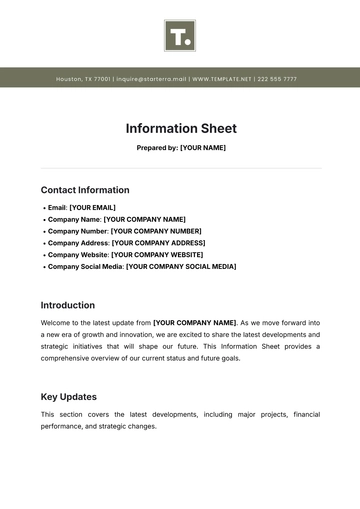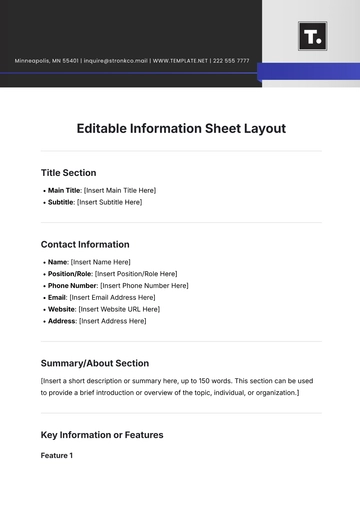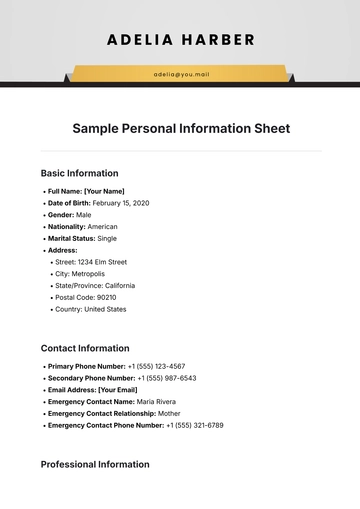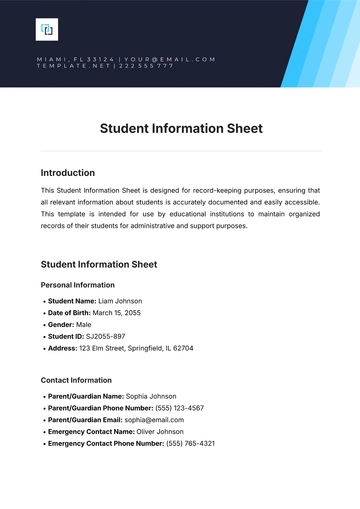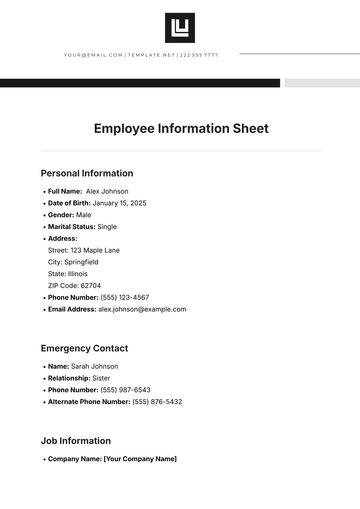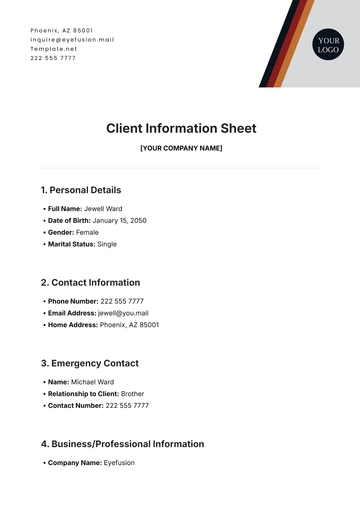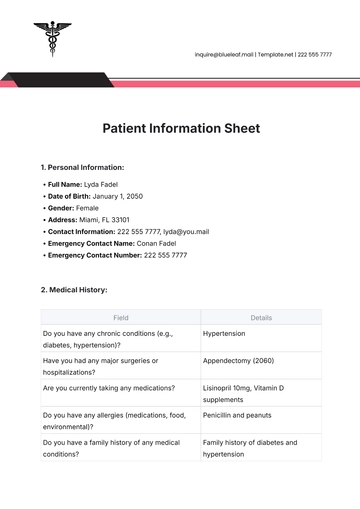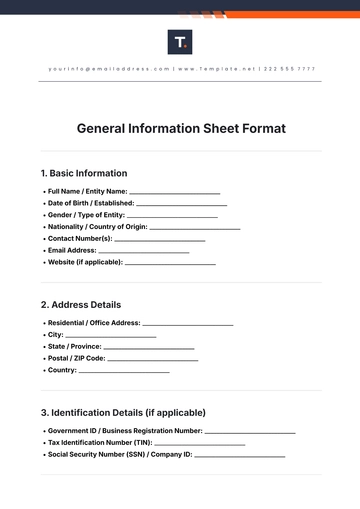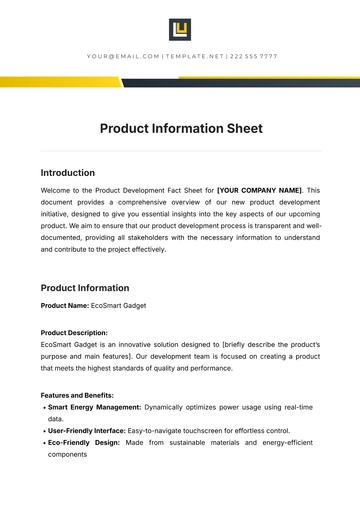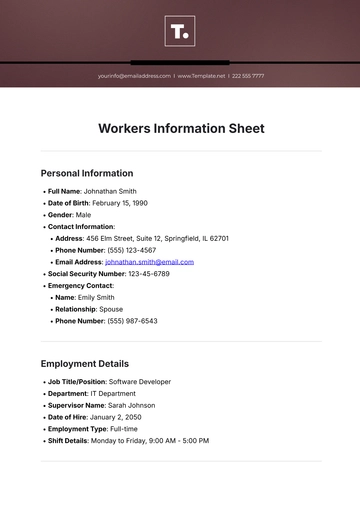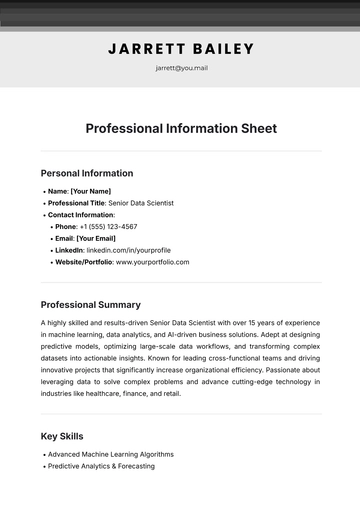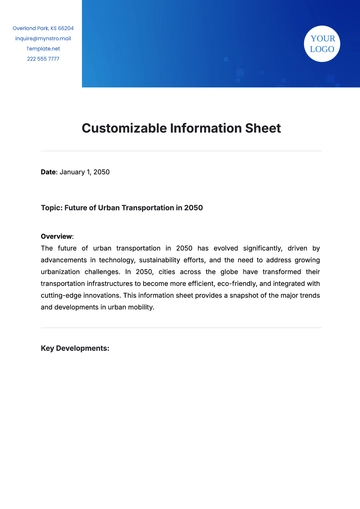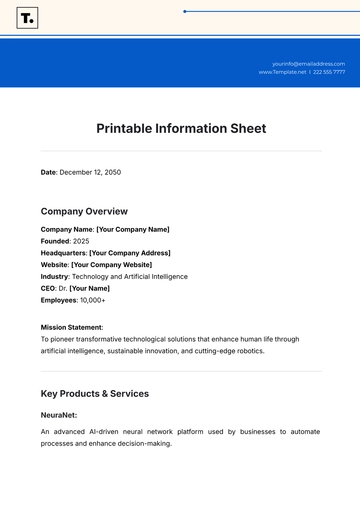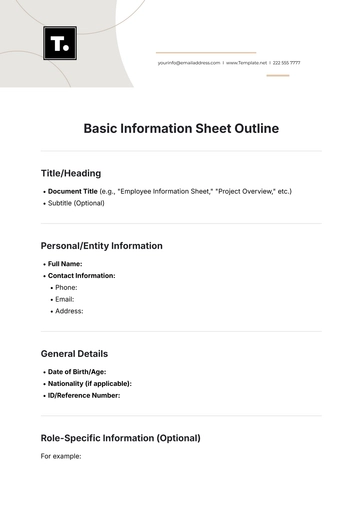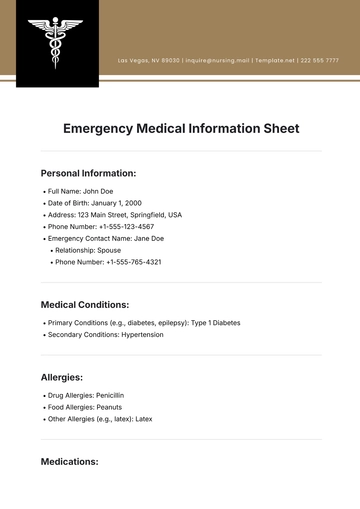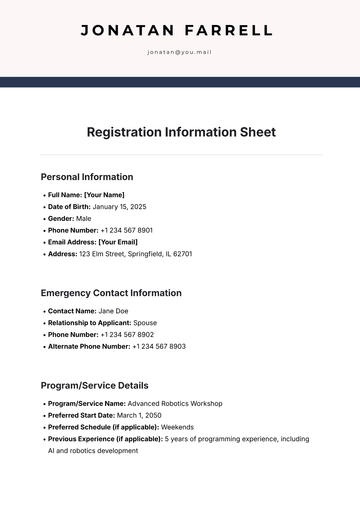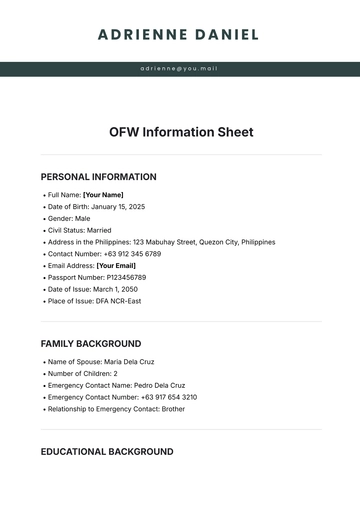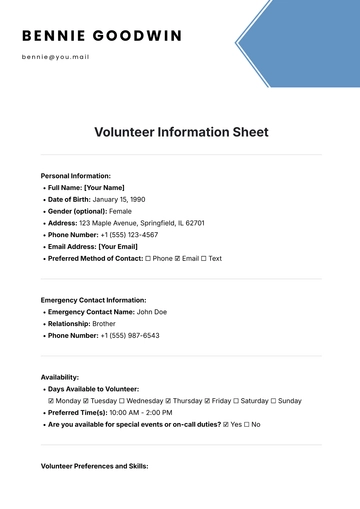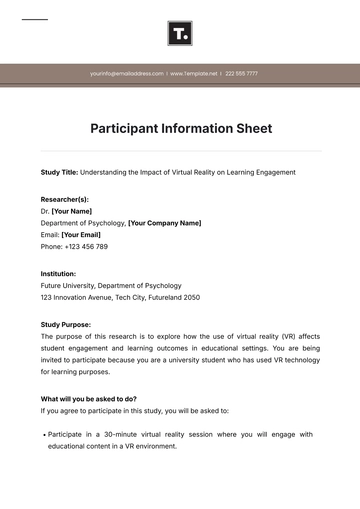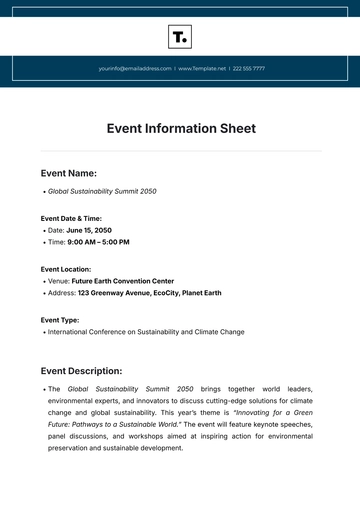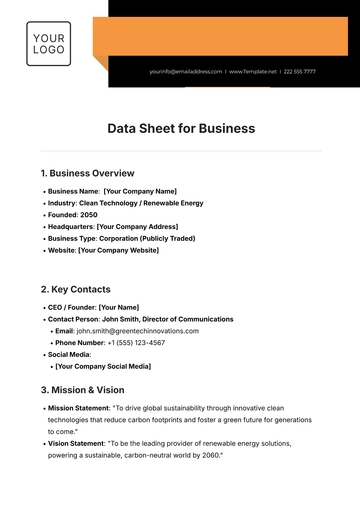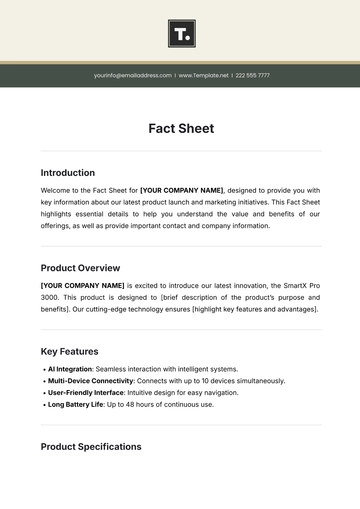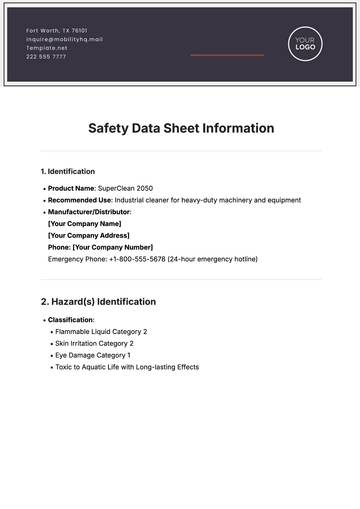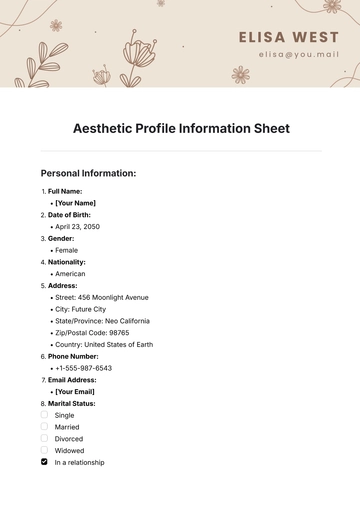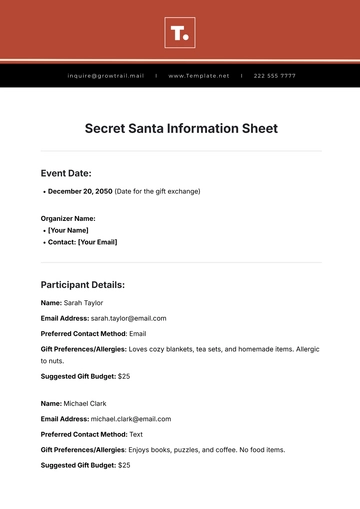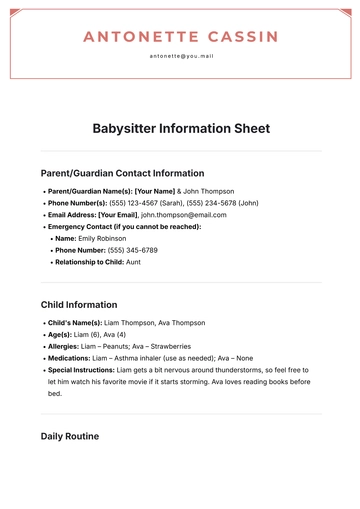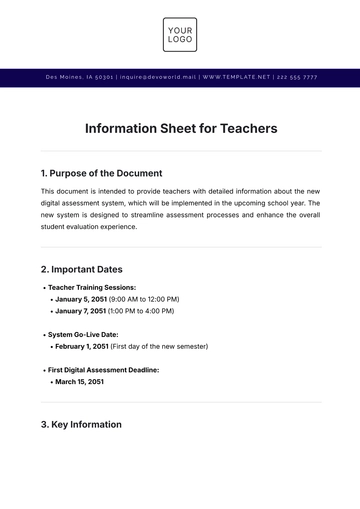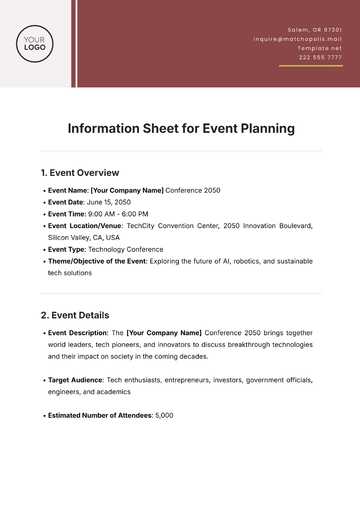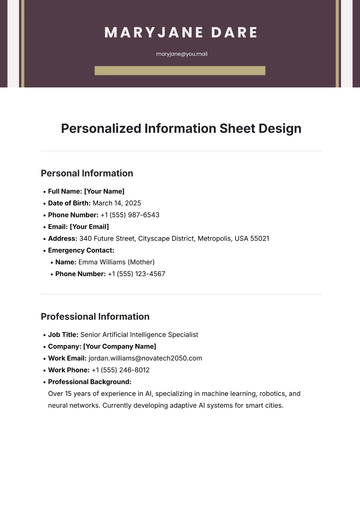Free Nursing Fact Sheet
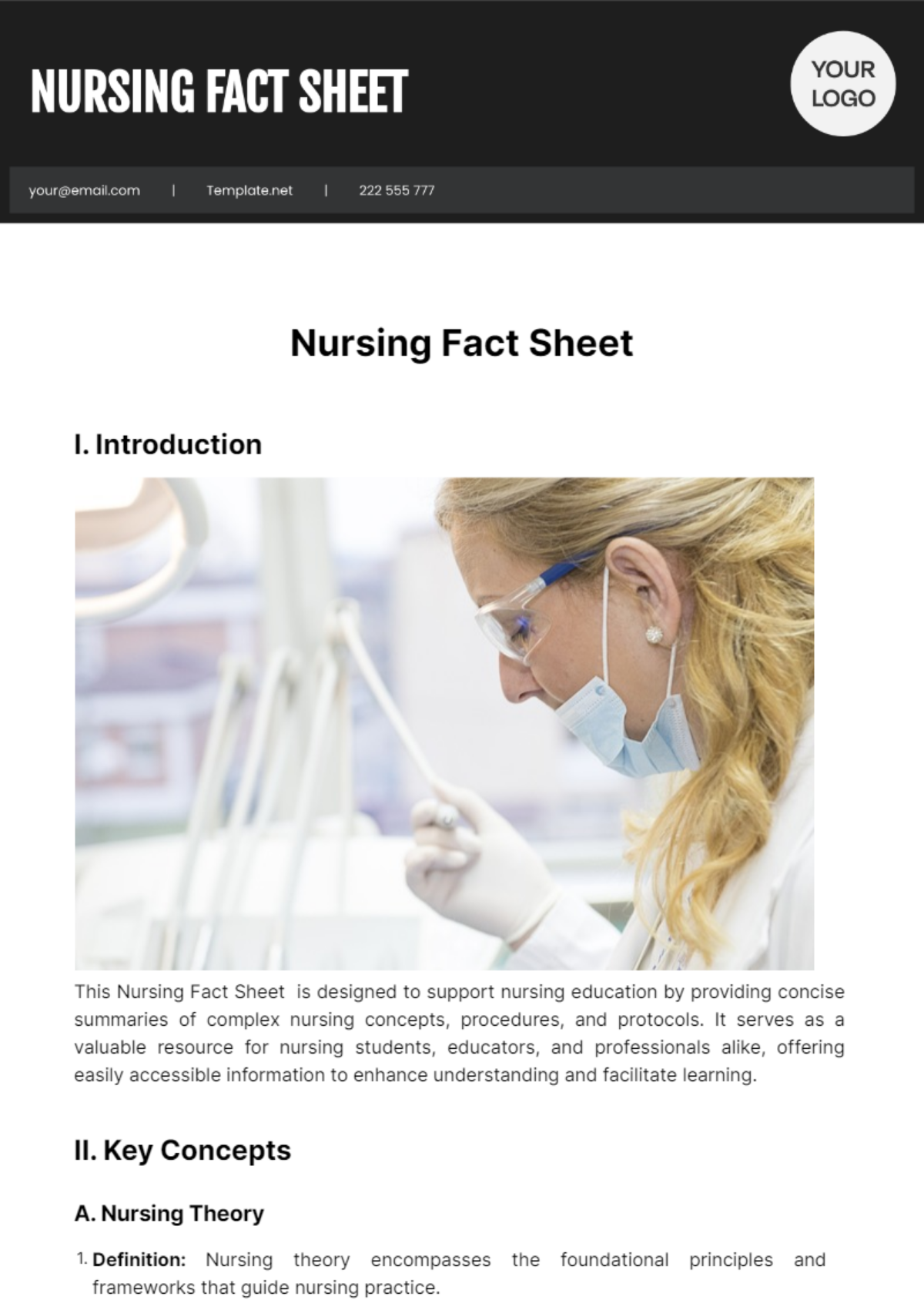
I. Introduction

This Nursing Fact Sheet is designed to support nursing education by providing concise summaries of complex nursing concepts, procedures, and protocols. It serves as a valuable resource for nursing students, educators, and professionals alike, offering easily accessible information to enhance understanding and facilitate learning.
II. Key Concepts
A. Nursing Theory
Definition: Nursing theory encompasses the foundational principles and frameworks that guide nursing practice.
Importance: Understanding nursing theory is crucial for nurses to provide holistic care and make informed clinical decisions.
Example: Florence Nightingale's Environmental Theory emphasizes the impact of the environment on patient health outcomes.
B. Pharmacology
Definition: Pharmacology involves the study of drugs and their effects on the body.
Importance: Proficiency in pharmacology is essential for safe medication administration and management of patient symptoms.
Example: Aspirin, a commonly used analgesic, works by inhibiting the synthesis of prostaglandins, reducing pain and inflammation.
C. Patient Assessment
Definition: Patient assessment is the systematic gathering of information about a patient's health status.
Importance: Accurate patient assessment forms the foundation for effective nursing interventions and care planning.
Example: During a respiratory assessment, nurses may auscultate the lungs to assess for abnormal breath sounds.
III. Common Procedures
A. Intravenous (IV) Cannulation
Overview:
IV cannulation involves the insertion of a catheter into a vein to administer fluids, medications, or blood products.
Steps:
Cleanse the site with an antiseptic solution.
Insert the catheter into the vein at a 15-30 degree angle.
Secure the catheter in place and connect it to the IV tubing.
Precautions:
Avoid inserting the catheter near joints or areas with fragile skin.
B. Wound Care
Overview:
Wound care encompasses the assessment and treatment of wounds to promote healing and prevent infection.
Steps:
Cleanse the wound with saline solution.
Apply appropriate dressings or topical medications.
Monitor for signs of infection or delayed healing.
Precautions:
Use sterile technique to minimize the risk of contamination.
C. Urinary Catheterization
Overview:
Urinary catheterization involves the insertion of a catheter into the bladder to drain urine.
Steps:
Prepare the catheterization kit and sterile field.
Insert the catheter into the urethra until urine is obtained.
Secure the catheter in place and connect it to a drainage bag.
Precautions:
Ensure proper catheter size and lubrication to minimize discomfort and trauma.
IV. Protocols
A. Sepsis Management Protocol
Description:
The sepsis management protocol outlines guidelines for early recognition and treatment of sepsis.
Purpose:
Timely intervention is critical to reduce mortality and improve outcomes in patients with sepsis.
Steps:
Assess for signs and symptoms of sepsis, including fever, tachycardia, and altered mental status.
Obtain blood cultures and initiate broad-spectrum antibiotics.
Administer intravenous fluids to support hemodynamic stability.
B. Fall Prevention Protocol
Description:
The fall prevention protocol provides strategies to identify and mitigate fall risks in hospitalized patients.
Purpose:
Preventing falls helps prevent injuries and promotes patient safety during hospitalization.
Steps:
Conduct fall risk assessments upon admission and regularly throughout the hospital stay.
Implement interventions such as bed alarms, non-slip footwear, and assistance with ambulation.
Educate patients and caregivers about fall prevention strategies.
V. Additional Resources
[Your Nursing Textbook]: Comprehensive resource for nursing students covering a wide range of topics.
[Online Nursing Journals]: Access peer-reviewed articles and research studies to stay updated on current nursing practices.
[Nursing Skills Checklist]: Use this checklist to track proficiency in essential nursing skills.
- 100% Customizable, free editor
- Access 1 Million+ Templates, photo’s & graphics
- Download or share as a template
- Click and replace photos, graphics, text, backgrounds
- Resize, crop, AI write & more
- Access advanced editor
Optimize nursing documentation with Template.net's Nursing Fact Sheet Template. This comprehensive yet concise template offers a structured format for recording patient information and care details. Easily customizable using our Ai Editor Tool, it ensures efficient data management while accommodating specific nursing protocols and requirements.
You may also like
- Attendance Sheet
- Work Sheet
- Sheet Cost
- Expense Sheet
- Tracker Sheet
- Student Sheet
- Tracking Sheet
- Blank Sheet
- Information Sheet
- Sales Sheet
- Record Sheet
- Price Sheet
- Plan Sheet
- Score Sheet
- Estimate Sheet
- Evaluation Sheet
- Checklist Sheet
- Bid Sheet
- Call Log Sheet
- Bill Sheet
- Assessment Sheet
- Task Sheet
- School Sheet
- Work From Home Sheet
- Summary Sheet
- Construction Sheet
- Cover Sheet
- Debt Spreadsheet
- Debt Sheet
- Client Information Sheet
- University Sheet
- Freelancer Sheet
- Bookkeeping Sheet
- Itinerary Spreadsheet
- Scorecard Sheet
- Run Sheet
- Monthly Timesheet
- Event Sheet
- Advertising Agency Sheet
- Missing Numbers Worksheet
- Training Sheet
- Production Sheet
- Mortgage Sheet
- Answer Sheet
- Excel Sheet
